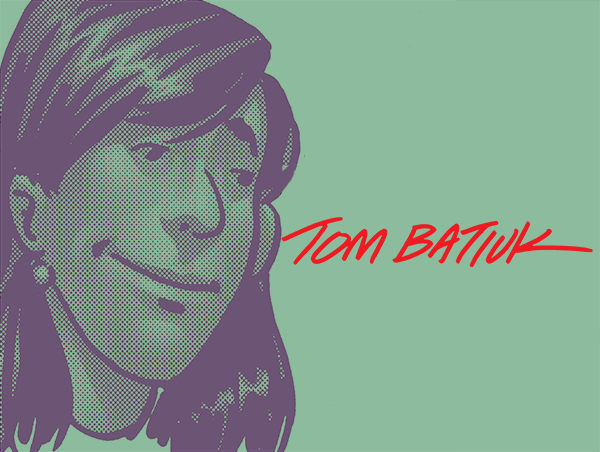×

Subscribe to Receive the Latest Updates
Subscribe to receive our monthly newsletter.
The First Cartooning Commandment: Thou shalt only do funny comic strips. They’re called the “comics” for a reason.
Which, of course begs the question . . . what reason? Now, before I start to come off like some pedantic schoolmarm from a bitter hollow, I’m going to do my Pontius Pilate bit here and pass the baton off to comic historian R. C. Harvey. He laid it all out in his masterful biography of Milton Caniff. So, here is Comic Strip 101:
Today’s Comic Strip is the lineal descendant of the humorous drawing that first appeared in weekly humor magazines like Puck, Judge, and Life in the 1880s. Offering comical drawings and amusing short essays and droll verse, Life, Judge, and Puck were dubbed “comic weeklies” in common parlance—or, even, “comics”. So when [Joseph Pulitzer’s] the World launched its imitation “comic weekly” in November 1894, it was lumped together in the popular mind as another of the “comics”. And then, once the World had shown the way, papers in other cities began publishing humorous Sunday supplements full of funny drawings in color and risible essays and verse. In a relatively short time, obeying the dictates of demand, newspapers eliminated the essays and verse and concentrated on comical artwork, which was increasingly presented in the form of “strips” of pictures portraying hilarities in narrative sequence. It was but a short step to the use of comics to designate the art-form (comic strips) as distinct from the vehicle in which they appeared (the Sunday supplement itself). Once that bridge was crossed, meaning deteriorated pretty rapidly. Storytelling (or “continuity”) strips arrived soon after, and even when the stories they told were serious, they were called “comics” because they looked like the art-form called comics and they appeared in newspapers with all the others of the breed.
Well, there you have it; they were called comics for a reason alrighty, just not the reason everyone usually thinks. It was more appellation than definition, but the definition that they’re supposed to be funny is pretty much the only thing most folks equate the term “comics” with today. So anyone (ahem, me) wanting to extend the format and broaden the definition during the years collected in this volume was going to be rowing upstream against the prescriptive (and as we now know erroneous) notions of what a comic strip should be.
From The Complete Funky Winkerbean Volume 9